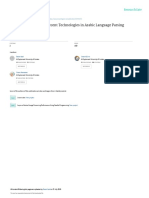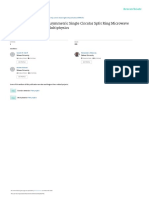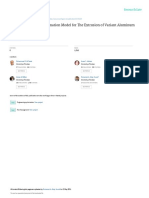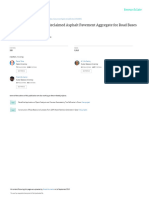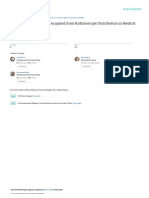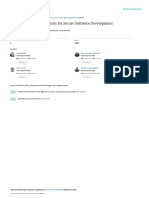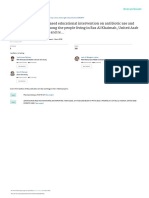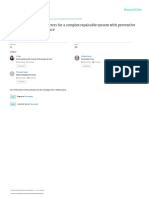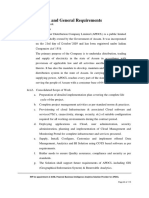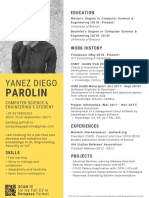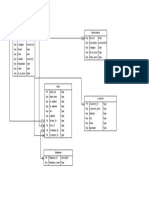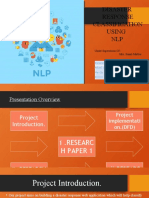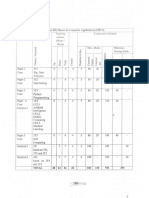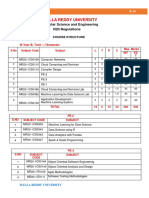0% found this document useful (0 votes)
26 views6 pagesTwitter Sentiment Analysis A Case Study in The
The paper presents a sentiment analysis case study focused on the automotive industry, specifically analyzing consumer opinions on Twitter regarding BMW, Mercedes, and Audi. Utilizing natural language processing and text mining techniques, the study classifies tweets into positive, negative, and neutral sentiments, revealing that Audi has the highest positive sentiment while BMW has the least negative sentiment. The findings highlight the importance of social media in shaping marketing strategies for automotive companies by analyzing consumer feedback.
Uploaded by
paras1201parasCopyright
© © All Rights Reserved
We take content rights seriously. If you suspect this is your content, claim it here.
Available Formats
Download as PDF, TXT or read online on Scribd
0% found this document useful (0 votes)
26 views6 pagesTwitter Sentiment Analysis A Case Study in The
The paper presents a sentiment analysis case study focused on the automotive industry, specifically analyzing consumer opinions on Twitter regarding BMW, Mercedes, and Audi. Utilizing natural language processing and text mining techniques, the study classifies tweets into positive, negative, and neutral sentiments, revealing that Audi has the highest positive sentiment while BMW has the least negative sentiment. The findings highlight the importance of social media in shaping marketing strategies for automotive companies by analyzing consumer feedback.
Uploaded by
paras1201parasCopyright
© © All Rights Reserved
We take content rights seriously. If you suspect this is your content, claim it here.
Available Formats
Download as PDF, TXT or read online on Scribd
/ 6


